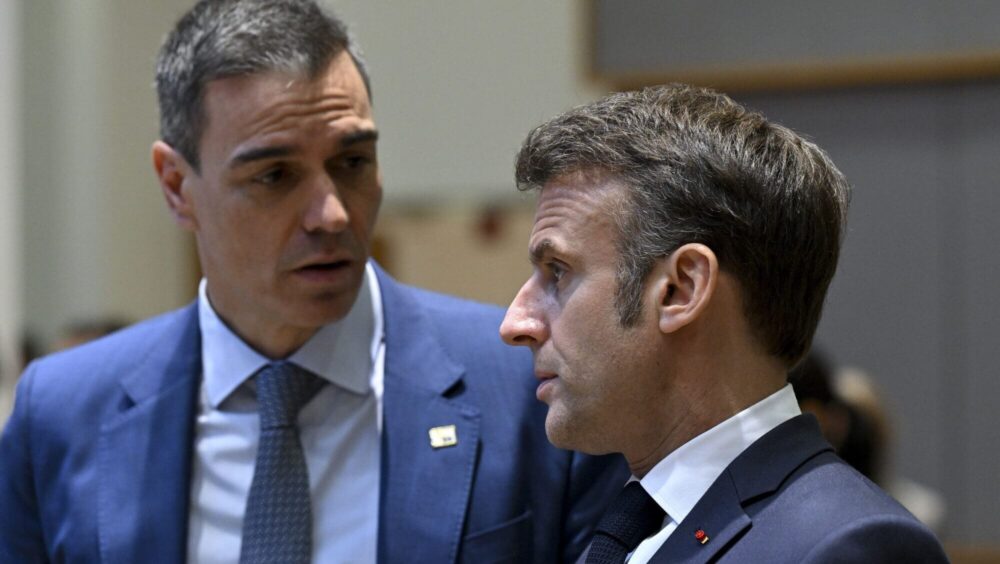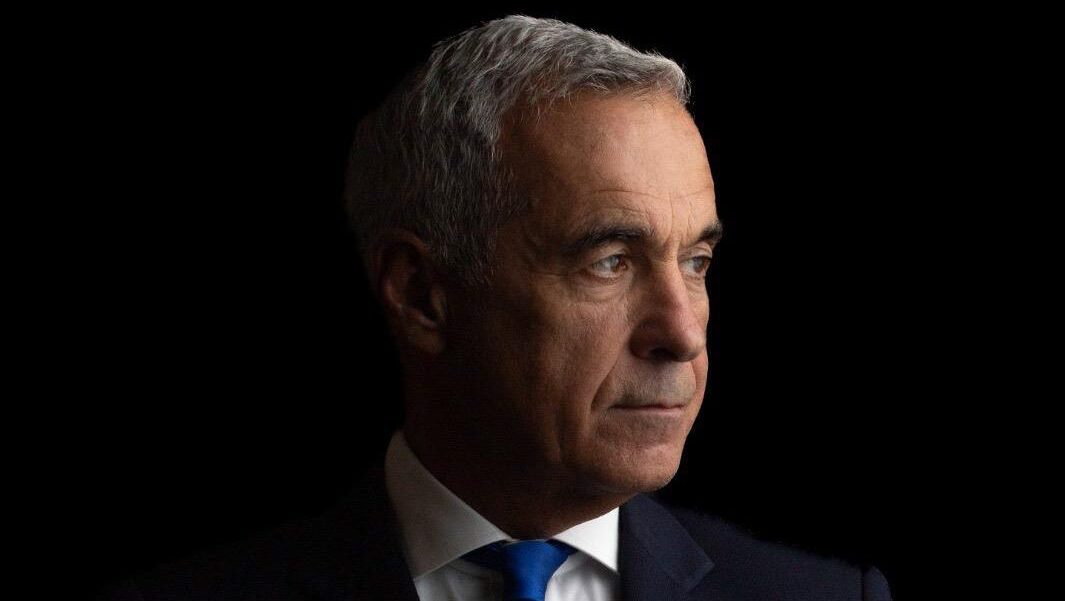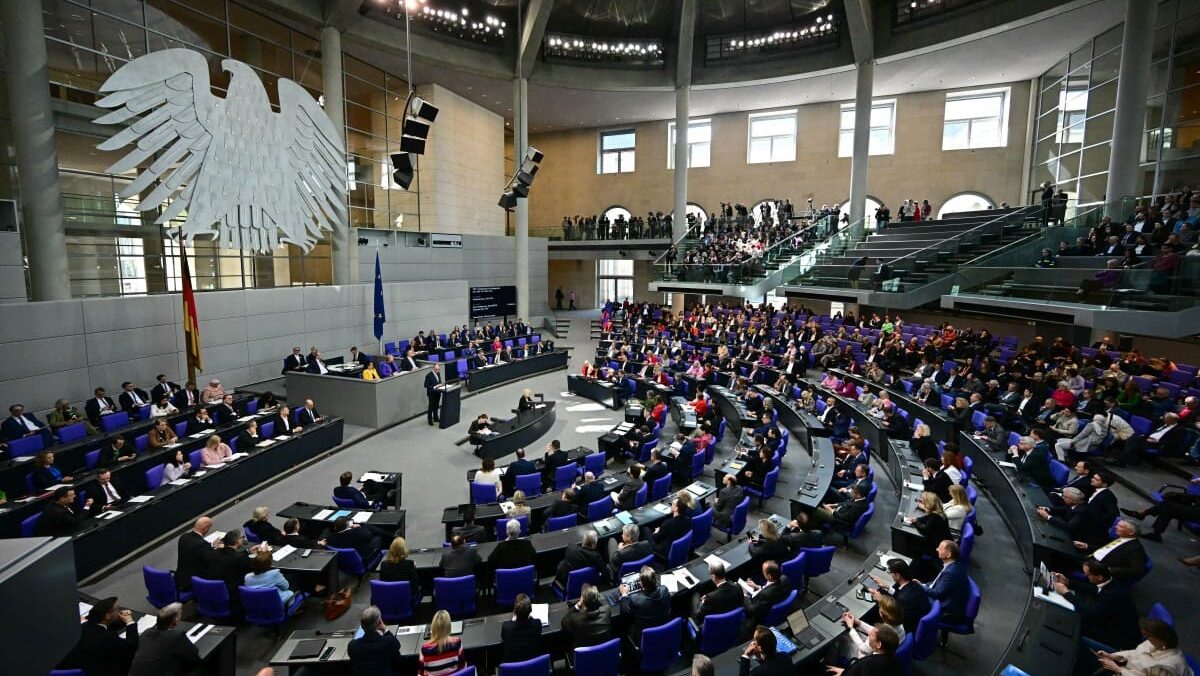The EU’s €150 billion rearmament plan is in jeopardy, as deep divisions between member states over how to pay for it—through national loans or joint EU bonds—threaten to derail the proposal before it even launches.
Just like in the case of Brussels’s ambitious €40 billion military aid plan for Ukraine, which was silently removed from the agenda after being rejected by half a dozen member states, it seems there’s no unity among EU countries regarding the defense plan either.
The ‘SAFE’ proposal—part of the Commission’s €800 billion ReArm Europe plan—is meant to help member states borrow as much as €150 billion for joint arms procurement projects. The loans would be backed by the common EU budget in case a member state defaults on its payments, but they would still be individually responsible for servicing what’s essentially just national debt, acquired cheaper through Brussels.
Despite initially endorsing the vague outlines of the plan, several Southern European countries with already high national debt-to-GDP ratios suddenly began to object and called for the issuing of EU bonds instead—joint debt where all EU countries share responsibility for repayment.
This push is led by France, Italy, and Spain, the same countries that forced Brussels to cancel the €40 billion Ukraine package due to ‘budgetary reasons.’
According to an unnamed diplomat, these countries “have serious doubts on the feasibility or even the possibility of indebting [themselves] to these levels.” To them, the idea of grants raised by common debt and jointly financed by all 27 countries sounds much better.
However, EU bonds are a red line for the so-called ‘frugal’ member states—primarily Germany, the Netherlands, and the Nordics—who would have no problem financing their own national debt and therefore don’t want to be responsible for others’. Backing individual loans with the common EU budget is already seen as a shared liability, but nowhere as risky as collective debt.
“Von der Leyen’s plan is almost exclusively based on national debt from states,” Italian PM Giorgia Meloni said last week. The prime minister is also pushing for EU countries to have more time to decide whether to trigger the national escape clause (allowing them to increase the budget deficit and borrow from the common fund), hoping that the Commission will shift the strategy to EU bonds and joint debt instead.
Spain is also delaying its decision on whether to activate the clause to be able to borrow more, while France has already rejected it, arguing that, with a debt-to-GDP ratio over 110%, it cannot endanger its credit ratings, making it more expensive to borrow in the future, outside of the EU-backed €150 billion scheme.
Germany, on the other hand, has committed to activating the escape clause in order to finance its €1 trillion defense and infrastructure plan but remains staunchly opposed to EU bonds. This caused an internal conflict in the European People’s Party (EPP), mainly between the two largest delegations, the German CDU and the Spanish PP, after the group published a statement in which it backed joint debt as an additional mechanism to the current proposal. The CDU later claimed it had no idea how the reference got into the statement.
Nonetheless, even with the first option, this fragmentation is already casting a shadow on the viability of the whole plan. No member state wants to be the first to activate the escape clause and signal financial weakness to the markets, and doing it together is difficult with so many different interests. But “if everyone doesn’t [submit the request] at the same time, the market will set the limit,” on how much you can spend, an EU diplomat warned.




